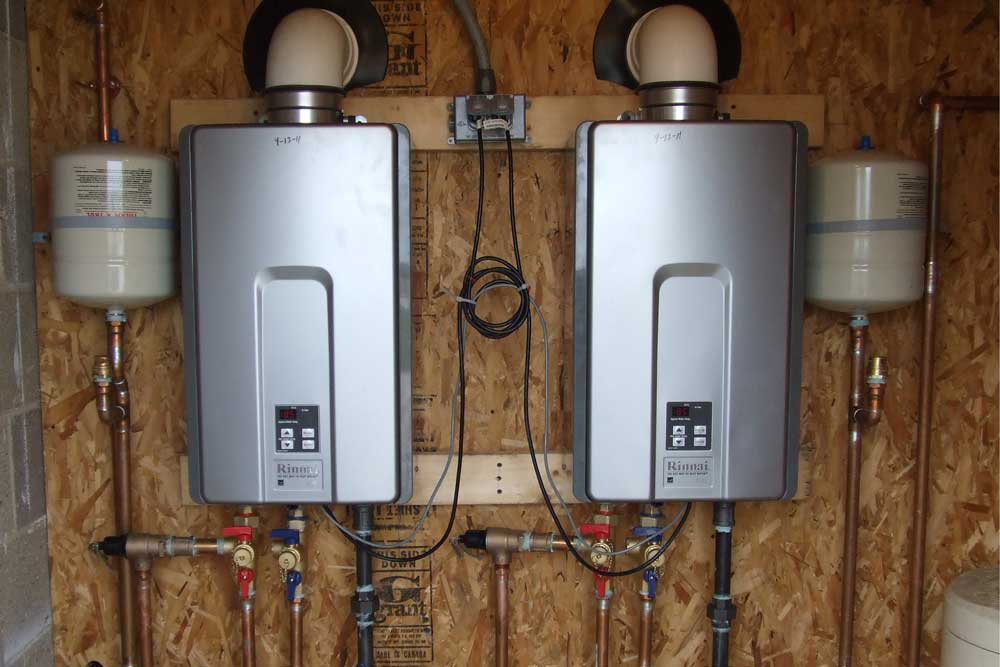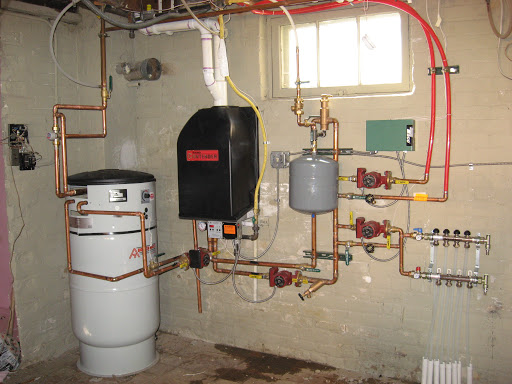Ensuring Longevity of Your Home's Hot Water System: Care Advice
Ensuring Longevity of Your Home's Hot Water System: Care Advice
Blog Article
In this article below you will find a lot of sound guidance regarding Tips on Maintaining a Water Heater.

Warm water is essential for everyday convenience, whether it's for a refreshing shower or cleaning recipes. To guarantee your warm water system runs efficiently and lasts much longer, routine maintenance is key. This write-up supplies useful tips and understandings on how to keep your home's warm water system to prevent disruptions and pricey repair services.
Intro
Preserving your home's warm water system may seem overwhelming, but with a couple of simple steps, you can guarantee it operates efficiently for many years to come. This overview covers whatever from comprehending your hot water system to do it yourself maintenance ideas and recognizing when to call in expert aid.
Relevance of Preserving Your Hot Water System
Normal upkeep not just extends the life expectancy of your hot water system yet additionally guarantees it operates efficiently. Overlooking maintenance can bring about lowered efficiency, higher power expenses, and also premature failure of the system.
Signs Your Hot Water System Needs Maintenance
Knowing when your hot water system needs attention can avoid major concerns. Keep an eye out for indicators such as irregular water temperature level, odd sounds from the heating system, or corroded water.
Flushing the Water Heater
Flushing your water heater gets rid of debris build-up, boosting performance and extending its life.
Checking and Changing Anode Rods
Anode poles prevent deterioration inside the container. Checking and replacing them when broken is critical.
Facility Concerns Calling For Specialist Assistance
Examples consist of significant leakages, electrical problems, or if your hot water heater is continually underperforming.
Regular Specialist Upkeep Perks
Expert maintenance can consist of thorough inspections, tune-ups, and making certain compliance with safety and security requirements.
Examining and Adjusting Temperature Level Setups
Changing the temperature settings ensures optimum efficiency and safety.
Do It Yourself Tips for Upkeep
You can carry out numerous upkeep tasks yourself to maintain your hot water system in leading problem.
Checking for Leakages
Regularly check pipes and connections for leakages, as these can result in water damages and higher bills.
Understanding Your Hot Water System
Before diving into maintenance jobs, it's helpful to comprehend the standard parts of your warm water system. Typically, this includes the water heater itself, pipelines, anode rods, and temperature level controls.
Month-to-month Maintenance Tasks
Regular month-to-month checks can aid capture small concerns prior to they rise.
Evaluating Stress Relief Valves
Evaluating the pressure safety valve guarantees it functions properly and avoids extreme pressure build-up.
Protecting Pipes
Insulating warm water pipelines reduces heat loss and can conserve power.
When to Call an Expert
While DIY maintenance is beneficial, some problems require expert know-how.
Verdict
Regular maintenance of your home's warm water system is essential for performance, durability, and price savings. By complying with these tips and recognizing when to look for expert assistance, you can make certain a reputable supply of warm water without unanticipated disruptions.
How to Maintain an Instant Hot Water Heater
Before tinkering with your hot water heater, make sure that it’s not powered on. You also have to turn off the main circuit breaker and shut off the main gas line to prevent accidents. Also turn off the water valves connected to your unit to prevent water from flowing into and out of the appliance. 2. When you’re done, you have to detach the purge valves’ caps. These look like the letter “T†and are situated on either side of the water valves. Doing so will release any pressure that has accumulated inside the valves while at the same time avoid hot water from shooting out and burning your skin. 3. When the purge valves’ caps are removed, you have to connect your hosing lines to the valves. Your unit should have come with three hoses but if it didn’t, you can purchase these things from any hardware or home repair shops. You can also get them from retail stores that sell water heating systems. Read the user’s manual and follow it to complete this task properly. When the hosing lines are connected, open the purge port’s valves. 4. You should never use harsh chemical cleaners or solutions when cleaning your unit. Make use of white vinegar instead. It should be undiluted and you’ll probably use about 2 gallons. 5. Now flush your water heater. This task should probably take about 40 minutes. We can’t give you specific directions for this because the procedure is carried out depending on the type, model and brand of your heater. With that being said, refer to the user’s manual. 6. When you’re done draining the unit, you have to turn off the purge port valves again. Remove the hosing lines that you earlier installed on each of the water valves. Put the valve caps (purge port) back in their respective places and be very careful so as not to damage the rubber discs that are found inside these caps. 7. Now that everything’s back in place, check your user’s manual again to find out how to reactivate your water heating system. 8. Once it is working, turn one of your hot water faucets on just to let air pass through the heater’s water supply pipes. Leave the tap on until water flows smoothly out of it. https://www.orrplumbing.com/blog/2014/september/how-to-maintain-an-instant-hot-water-heater/

I'm certainly very drawn to Tips on Maintaining a Water Heater and I really hope you liked the blog posting. Are you aware of somebody else who is involved in the niche? Be sure promote it. I am grateful for being here. Don't forget to check up our blog back soon.
This Resource Report this page